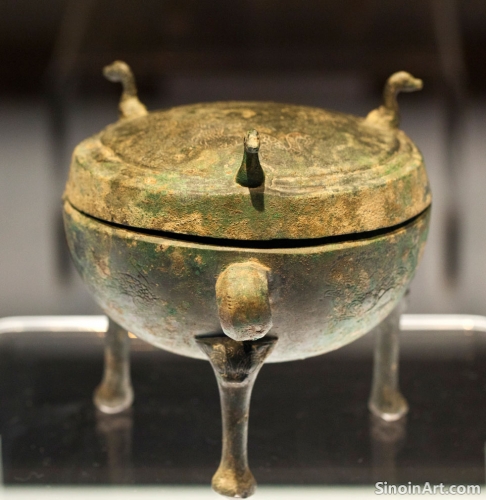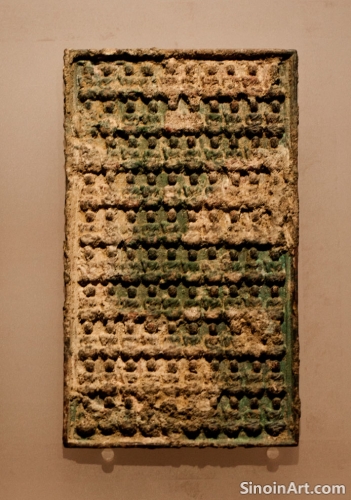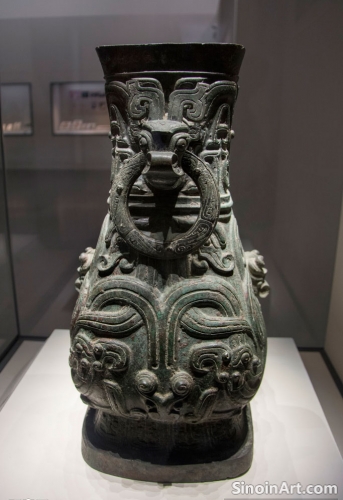Bronze Ware and Ancient Chinese Understanding of Astronomy: Maps of the Sky and the Measurement of Time
|
Beyond the practical use of bronze for creating instruments, the designs and symbolism used on bronze ware were also deeply influenced by ancient Chinese understandings of astronomy and the perceived structure of the cosmos. This intersection of art, science, and belief helped to create a rich and varied tradition of artistic expression that also reflected scientific knowledge.  Bronze objects often depicted constellations, celestial bodies, and other astronomical phenomena, reflecting the importance of these subjects in ancient Chinese culture. The inclusion of specific constellations and astrological symbols often carried specific meaning and symbolic weight.  The designs on some bronze pieces were meant to reflect the perceived movements of the planets, the cycles of the moon, and other celestial phenomena, reflecting the careful observation and recording of the sky by ancient astronomers. The artistic expressions of the period were deeply linked to the scientific understanding of the time.  The creation of bronze astronomical instruments was also a form of artistic and scientific expression, often combining both decorative elements with practical uses, creating works that had both intellectual and visual appeal. The precision and care with which these objects were created demonstrates the skill and technical sophistication of ancient Chinese craftspeople. The study of bronze ware in the context of astronomy helps to illuminate the ancient Chinese worldview, revealing their fascination with the heavens, and also their deep understanding of mathematics and scientific principles. The combination of art, science, and cosmology is a key element in understanding these objects. The ongoing study of these pieces helps to provide new insight into both artistic and scientific achievements of the era. |
Tag : bronze astronomy, ancient constellations, celestial symbols, astronomical instruments, Chinese cosmology
Related information
- The Use of Bronze in Ancient Chinese Ritual Masks: Power, Transformation, and the Spirit World
- The Enduring Allure of Chinese Bronze Ware: A Source of Inspiration and Study
- Bronze Ware and Ancient Chinese Astronomy: Celestial Motifs and Interpretations
- The Development of Bronze Mirrors in the Han Dynasty: New Styles and Social Significance
- Bronze Ware and Ancient Chinese Astronomy: Celestial Charts and Observational Tools
This article explores the use of bronze ritual masks in ancient China, highlighting their dramatic designs, their role in invoking spirits, and how the act of wearing these masks facilitated transformation and connection with the spirit world.
This article reflects on the enduring allure of Chinese bronze ware, highlighting its technical skill, artistic beauty, historical significance, and the importance of its study and preservation for future generations.
This article explores the connection between bronze ware and ancient Chinese astronomy, highlighting the presence of celestial motifs, the creation of astronomical instruments in bronze, and how this interrelation reveals insights into ancient Chinese worldview and their understanding of the universe.
This article explores the development of bronze mirrors in the Han Dynasty, highlighting new styles, complex designs, their incorporation of cosmology, their role as status symbols, and the insights they offer into Han society.
This article explores the use of bronze in ancient Chinese astronomy, focusing on the creation of armillary spheres, sundials, and other observational tools, demonstrating the integration of art, technology, and the ancient quest to understand the cosmos.